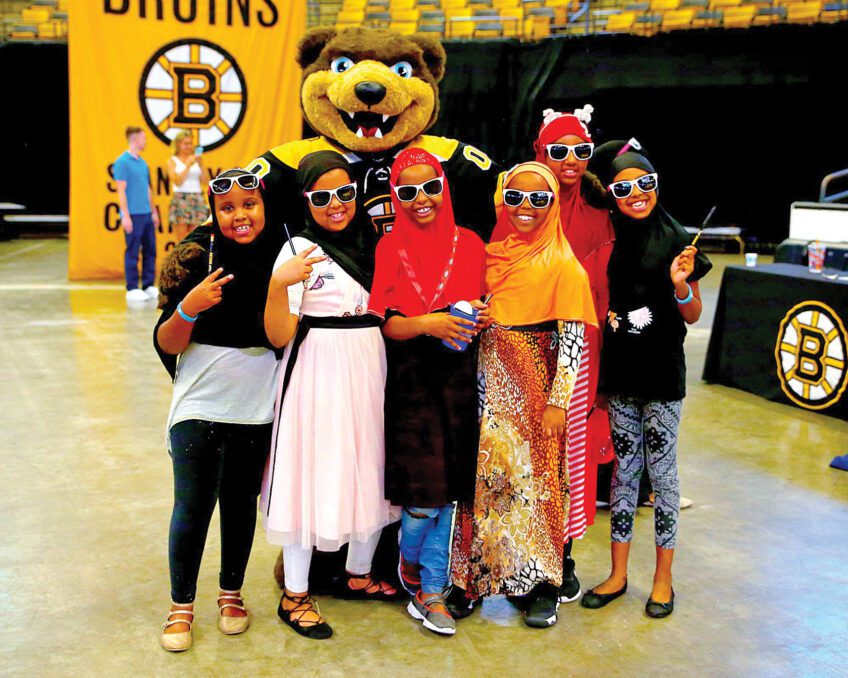
In a world of 24-hour news cycles and questionable PR statements, it’s increasingly difficult to know who, and how, to trust. Paul Ramirez Jonas’ public art piece “Public Trust,” in collaboration with public art organization Now and There, examines what it means to make promises in contemporary society. The traveling installation features a 16-foot-high board that features daily promises from media sources. Individuals can come, speak with the artist, and make their own promise that is then temporarily displayed at the center of the board.
Ramirez hopes “Public Trust” will inspire people to think about what they can do to produce a better self and a better world. He noticed that people have an easy time trusting each other on an individual level, but a very difficult time trusting institutions and the people representing them.
“When it comes to collective promises, we’re very, very skeptical,” he says. “Because we’ve been burned.”
The art of relationship
The heart of this work is in the interaction between the promiser and the listener. “Each individual decides what experience he wants to make,” says Ramirez. A rotating staff mans the exhibit, one person listening to people’s promises and etching them onto a paper, one person changing the time on the board’s clock, several other people putting up and taking down the promises as they come in. Some of the promises are simple, “I want to be a good mother,” but the act of getting to that promise, by engaging in a thoughtful dialogue with the listener, is art in itself.
After you pronounce your promise, the listener etches the letters into a piece of paper that you get to keep. You then cement your promise in whichever way is comfortable for you. There’s a Bible and a Quran available as well as a pinky promise option, and vials to used to sign in blood. Once you’ve marked your promise in some way, it gets put up on the billboard for everyone to see. The staff of Now and There takes your photograph and posts it on their own social media as well. In this way your promise gets iterated four times. Kate Gilbert, executive director of Now and There says, “There’s a very performative act in putting the letters up one by one.”
Ramirez scouted Boston hoping to find a central place to construct the work. “There’s not one Boston,” he said. “It’s very divided by race, class and neighborhoods.”
In order to make the artwork accessible to everyone, it moves through three different locales. It started last week in Dudley Square, it’s in Kendall Square until Friday evening and next week it moves to Copley Square.
Trust is an increasingly rare commodity. Ramirez’s piece allows hope to be restored in each neighborhood of Boston, as citizens make powerful promises to themselves, their city and each other. Ramirez says, “My pieces are only as good as the people who participate.”
And so, too, our promises are only as good as we are.







